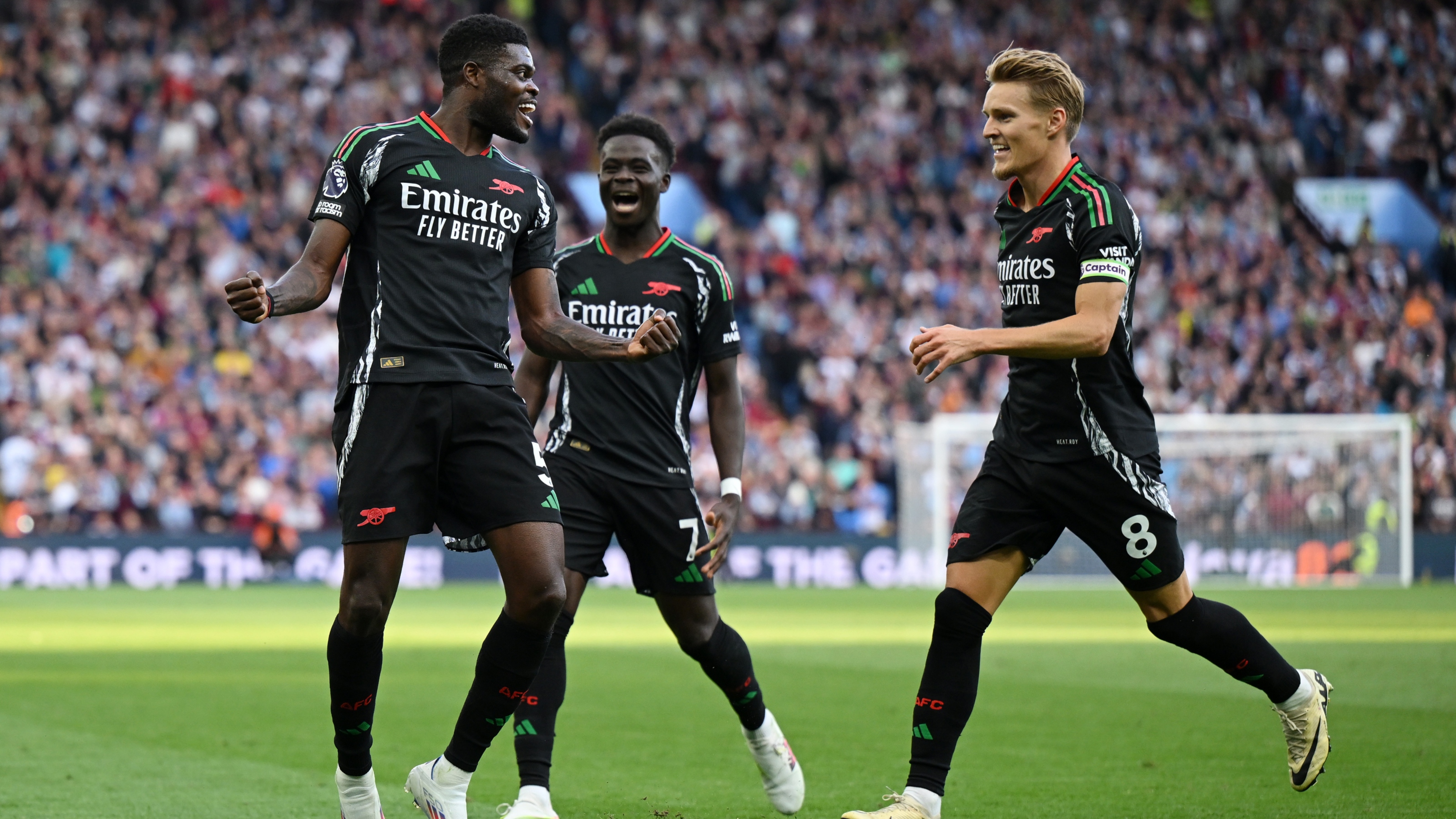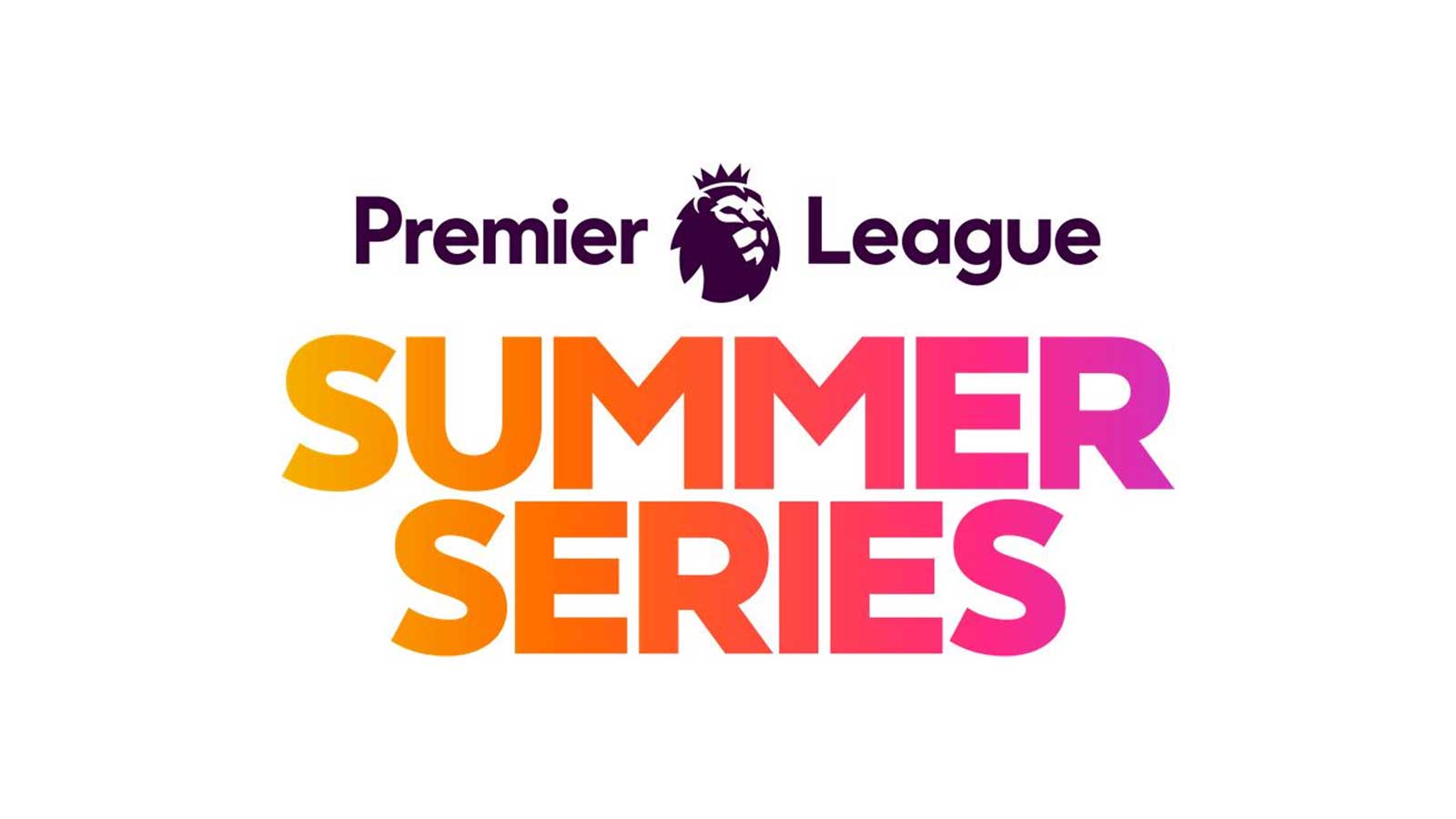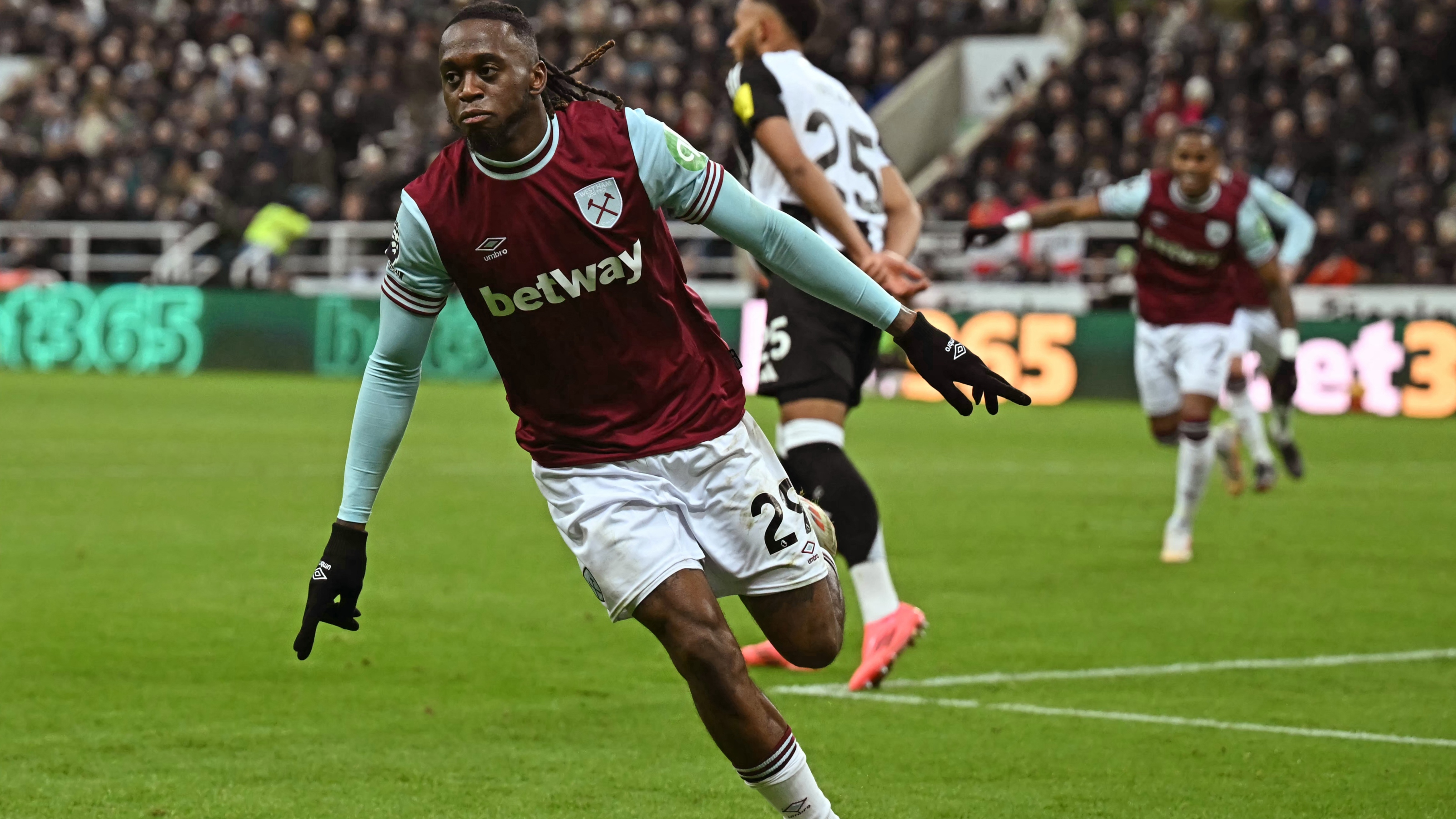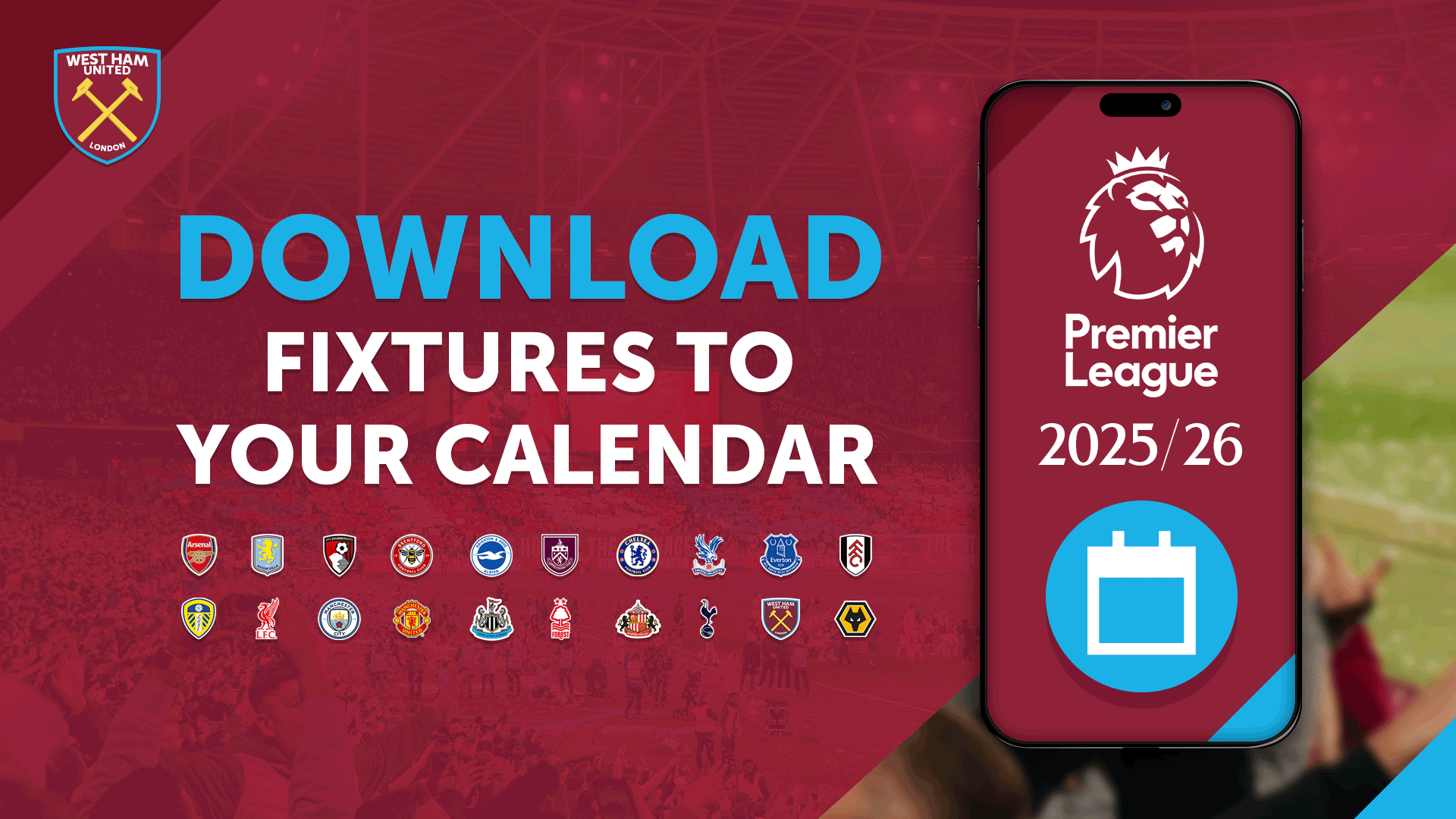Formed by Hammers supporters Jack Elderton and Callum Goodall to offer their fellow fans in-depth but accessible analysis of their team and its players, Analytics United use performance analysis and data to examine how the Gunners’ visit to London Stadium could play out...
After pushing Manchester City all the way across the last two seasons but falling just short in second place, Mikel Arteta’s Arsenal would’ve come into this season, bolstered by the arrivals of Riccardo Calafiori and Mikel Merino and the return of Jurriën Timber from injury, hoping this would be the season they could finally turn the corner and win their first Premier League title since the famous Invincibles season of 2003/04.
Things haven’t gone entirely to plan so far though and Arsenal have only won one of their last five Premier League games, currently sitting nine points behind league-leaders Liverpool, level with Brighton and Chelsea on 22 points. But this stumbling start doesn’t make Arsenal any less of a threat on their day as Nottingham Forest discovered last weekend when Bukayo Saka ran riot, thanks in no small part to Martin Ødegaard’s return to fitness. The prodigious Norwegian was absent throughout September and October thanks to an ankle injury sustained on international duty, and the Gunners sorely missed his creative spark in the middle.
With Ødegaard back alongside Declan Rice, Thomas Partey and new signing Merino, Arsenal are a team stacked with midfield talent and the Gunners are more than capable of cutting through opposition attempts to press regularly and efficiently. Each of the above midfielders has produced at least five progressive passes per 90 on average this season, ranking in the top 25% of midfielders across the top five European leagues. With this hub of progressive players, along with new-age, technical defenders like Timber and Calafiori rotating in and out of midfield, Arsenal not only rank sixth across the Premier League for the volume of progressive passes they play, but are behind only Bournemouth and north London neighbours Tottenham Hotspur for how efficiently they progress the ball, with 9.06% of their total passes moving the team up the pitch and towards the opposition goal.
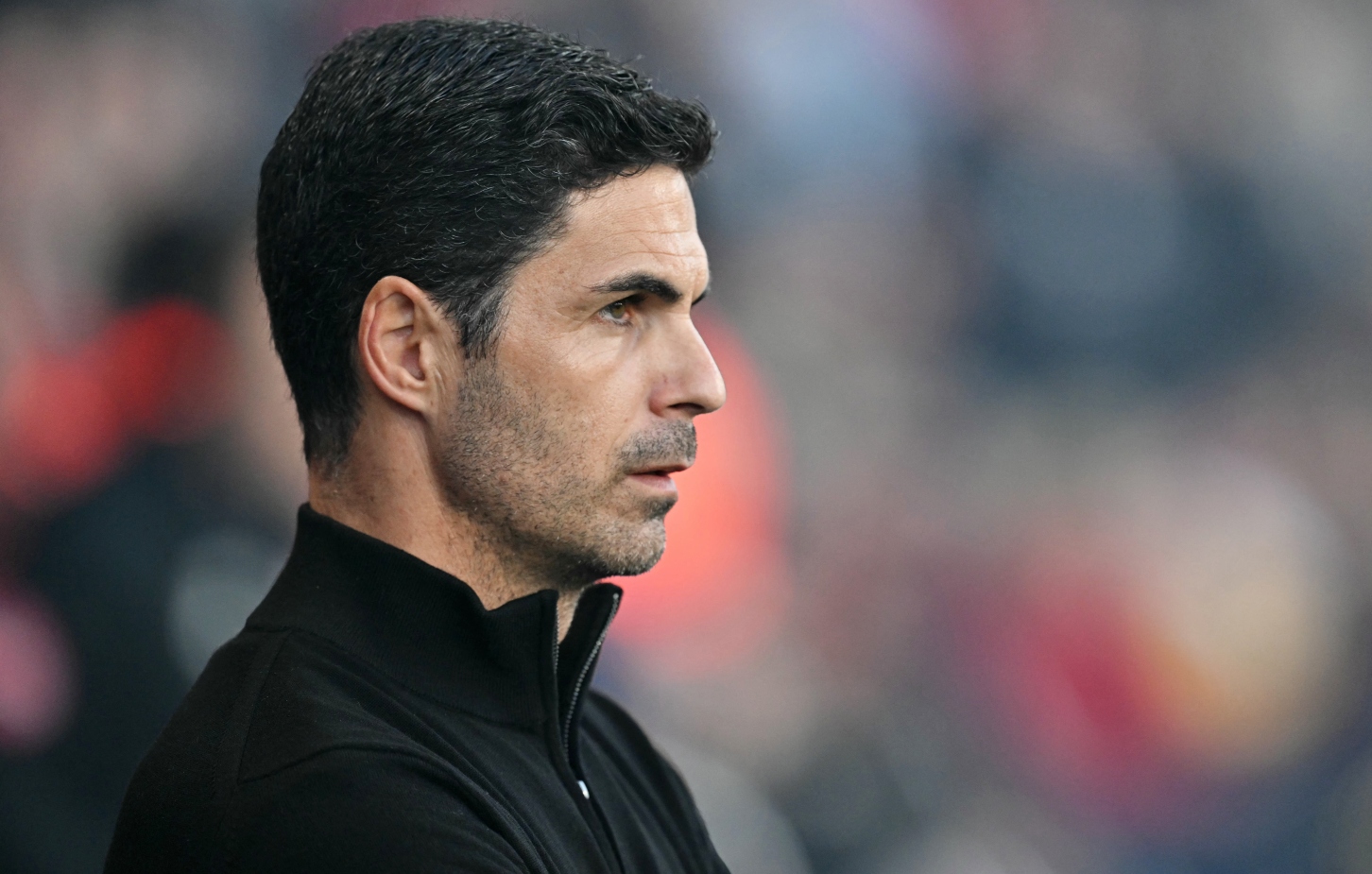
As a result of this efficiency, Arsenal spend relatively little time in deeper areas compared to the rest of the league, ranking 18th and 13th for the percentage of touches taken in the defensive and midfield thirds respectively, but ranking in the top three for attacking third touches, with 30.9% coming in the final third. However, their attacking output seems to have taken a downturn from the title-competing benchmarks they set last season. In the 2024/25 Premier League season, Arsenal are averaging 14.25 shots on goal per 90 (sixth), whereas last season, they averaged 17.03, then third in the division. Similarly, their non-penalty expected goals (npxG) return of 1.8 per 90 was good enough for fourth, while this year their 1.51 average sees them place as only the seventh most productive attack across the league so far.
Although there are some questions to be asked around the Arsenal attack this season, their out of possession work has remained impressive. Despite being forced to play multiple games with ten men for long periods, Arsenal still rank as the league’s second strongest defence, conceding an average of just 0.96 npxG per 90, and are one of only three teams to limit their opposition to under an average of 1 npxG per 90 this season.
Tactically, Arteta achieves this by blending the ability to press teams high up in a 4-2-4 shape with an extremely compact 4-4-2 when defending deeper areas, making it risky to try and build up through Arsenal’s press but also frustrating effectively when defending the box. With Arsenal boasting the second lowest passes per defensive action (PPDA*) figure in the league, both the success and intensity of their press is notable. And, with the average opposition shot against the Gunners coming from 18.5 yards out, the third furthest distance in the league, the data suggests their execution of both sides of their defensive plan is at a league-leading level.
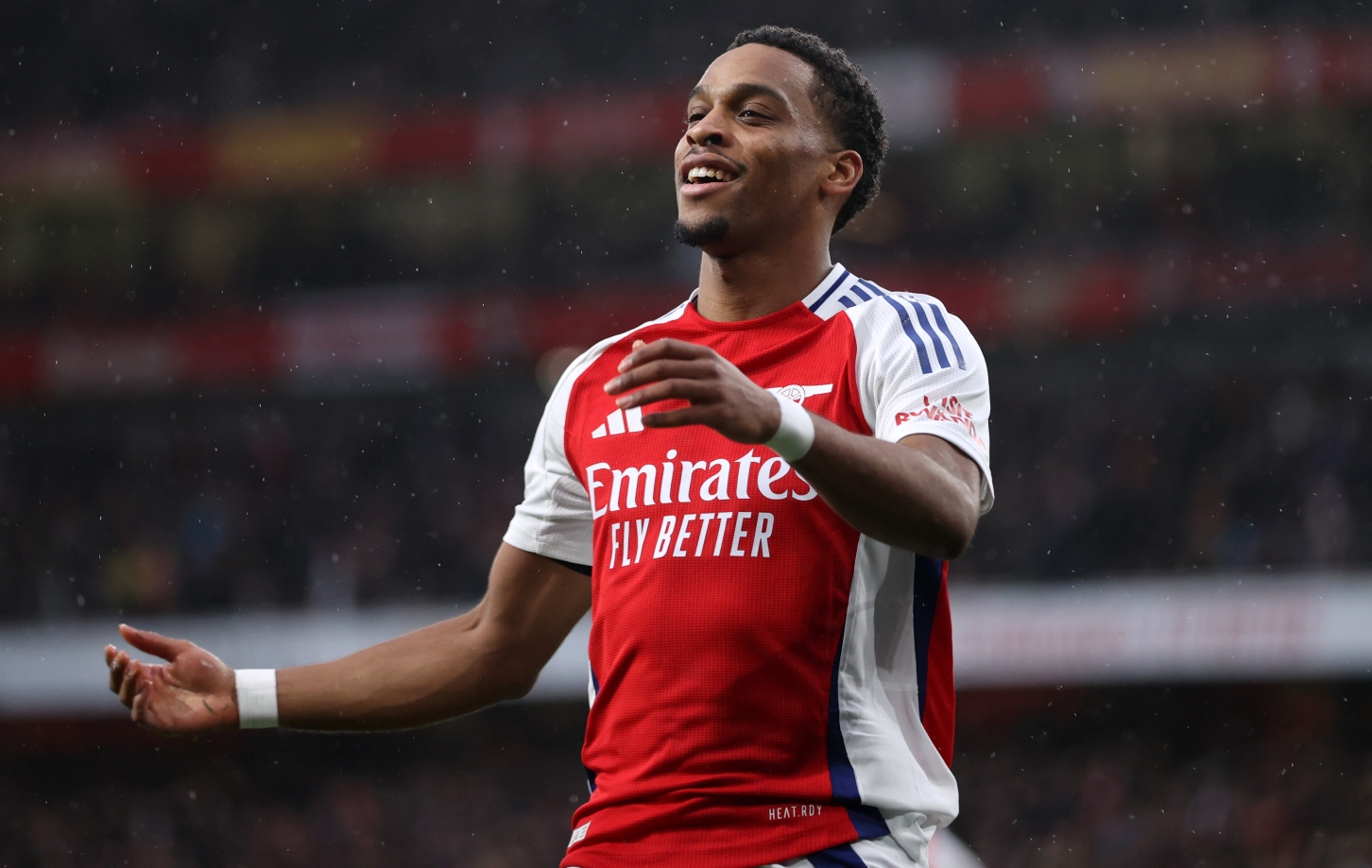
Arsenal may be an excellent defensive side, but there are still some aspects to be exploited. For example, Arsenal concede an average of 17.5 crosses per 90, a lot higher than title rivals Manchester City who concede 10.3 and Liverpool who concede 13.9. Further compounding this, two of the Arsenal back line, William Saliba and Timber, have recorded an aerial duelling rate below 50% so far this season. In particular, Timber’s duelling across the board has been substandard, winning just 29.4% of his aerial duels and 36.4% of his duels against dribblers, highlighting him as a potential target for West Ham’s ball-carriers to look to beat, and as the target for players to pull onto for back-post crosses.
If Tomáš Souček can continue his form from Monday’s win over Newcastle and Julen Lopetegui’s side can replicate the much-improved balance we saw in that performance - helped immeasurably by Aaron Wan-Bissaka and Emerson taking a more considered approach when looking to create overloads in attack, not compromising defensive security and eventually being better rewarded with a goal and an assist respectively - then this could be another match where crucial points could be picked up, fully turning the corner heading into the crucial Christmas period with a slightly less daunting run of games to come.
*PPDA is a metric that gives us an indication of the intensity with which each team presses. Lower is better as it means the opposition are able to play fewer passes before a defensive intervention occurs.
The views and opinions expressed in this article are those of Analytics United and do not necessarily reflect the views and opinions of West Ham United.


